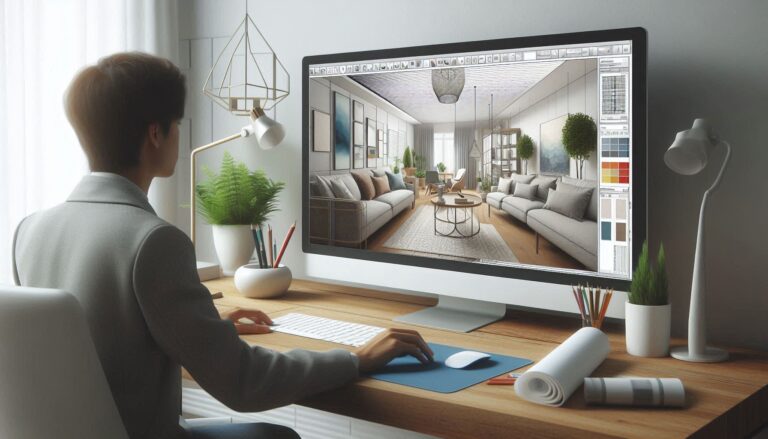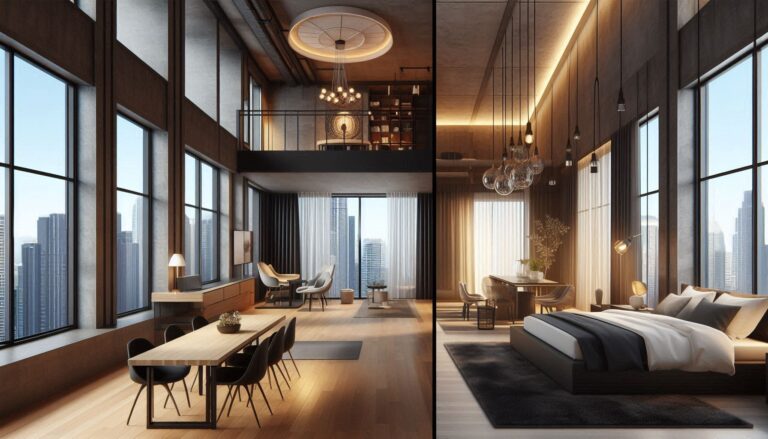Careers in Lighting Design: Blending Art and Functionality

Lighting design is a specialized field that blends artistic creativity with technical knowledge to create environments that enhance the aesthetic appeal and functionality of a space. Whether it’s designing for homes, commercial spaces, or public installations, lighting designers play a crucial role in shaping the atmosphere of a room or building. Here’s how you can pursue a career in lighting design:
1. The Role of a Lighting Designer
Lighting designers work closely with architects, interior designers, and clients to create lighting solutions that enhance the mood, functionality, and aesthetic of a space. They consider factors such as the purpose of the space, the desired ambiance, and the type of lighting fixtures required. Lighting designers are responsible for selecting the right combination of light sources, designing lighting layouts, and ensuring energy efficiency.
2. Technical Skills and Knowledge
Lighting design requires a solid understanding of electrical systems, light fixtures, and the latest lighting technologies. Designers must be familiar with various types of lighting, such as ambient, task, and accent lighting, and understand how different light sources, such as LED, incandescent, and fluorescent, affect a space. Knowledge of lighting control systems, energy efficiency, and sustainability is also essential in today’s eco-conscious market.
3. Creativity and Aesthetics
While technical expertise is important, lighting design is also an art. Lighting designers use light to enhance the atmosphere of a space, highlight architectural features, and create visual interest. Whether designing for a theater stage, a luxury hotel, or a modern office, lighting designers use their creativity to turn simple spaces into dynamic environments.
4. Career Opportunities in Lighting Design
Lighting designers work in a variety of settings, from architectural firms to specialized lighting design studios. They may also collaborate with interior designers, landscape architects, and event planners. As the demand for energy-efficient and sustainable lighting solutions grows, there are increasing opportunities in the field. Lighting designers can work on projects ranging from residential homes to large-scale commercial and public installations.
5. The Future of Lighting Design
The future of lighting design is focused on sustainability, smart lighting, and integration with other technologies. Designers will continue to experiment with new lighting technologies, such as human-centric lighting that adjusts to the circadian rhythms of occupants, and interactive lighting systems that respond to user behavior. Lighting design will continue to evolve as part of the broader trend toward creating more sustainable, energy-efficient, and intelligent environments.
Conclusion
Lighting design is a dynamic and rewarding career path that offers a blend of creativity, technical expertise, and innovation. As a lighting designer, you’ll have the opportunity to shape the ambiance and functionality of spaces, making it an essential part of architectural and interior design projects. Whether you’re working on commercial or residential spaces, lighting design provides endless opportunities for artistic expression and technical mastery.






